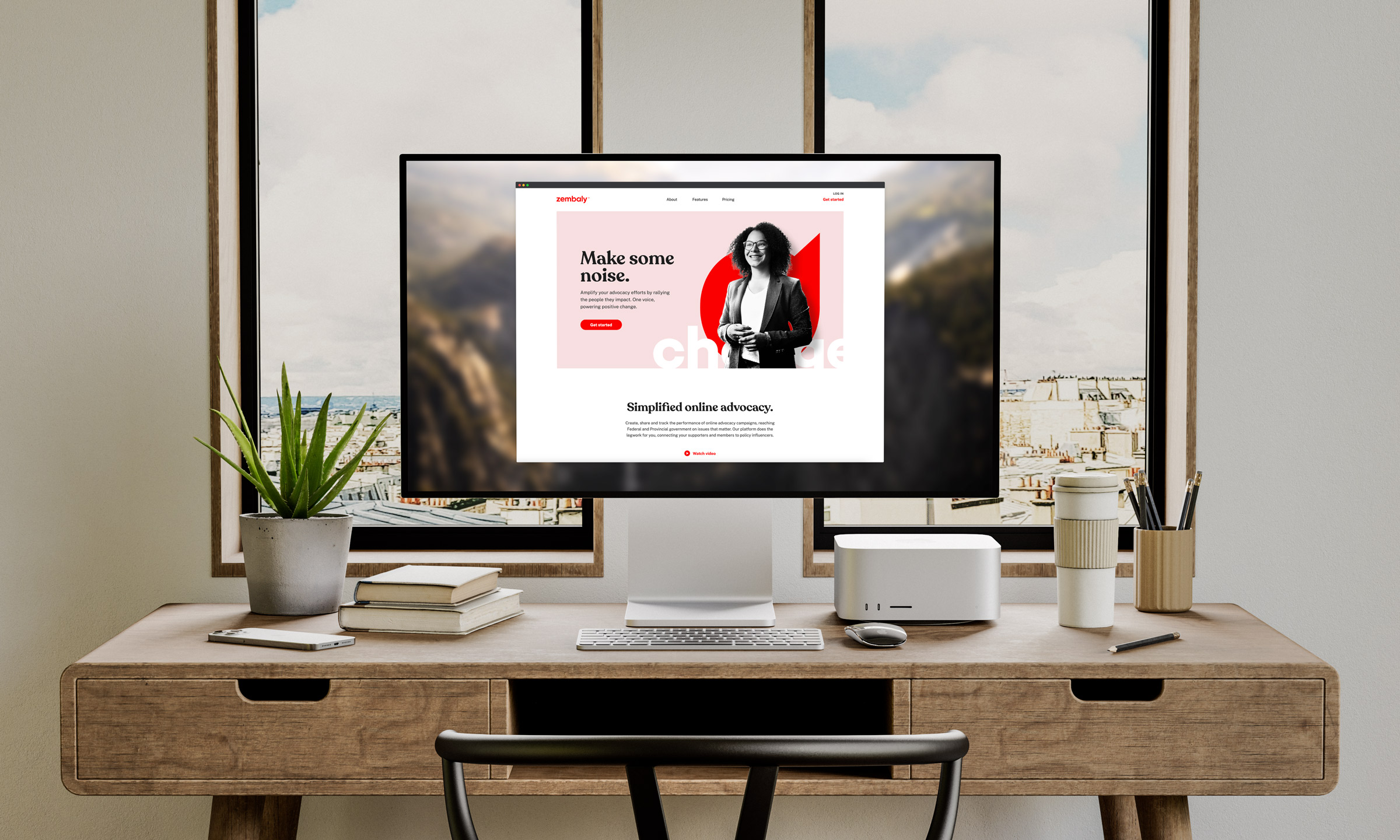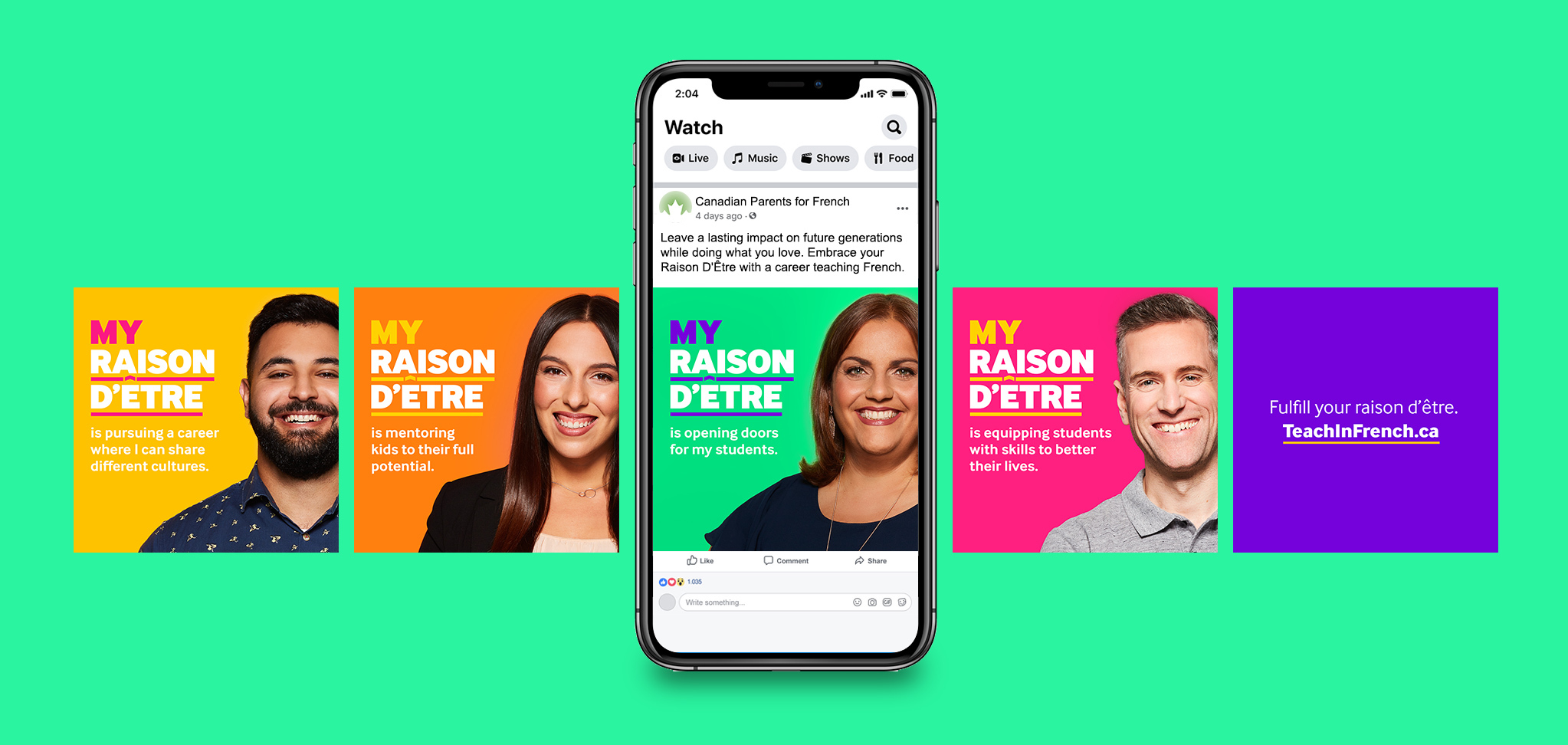Categories
digital marketing - social media
A pound sign here, a number sign there, and you’re good to go, right?
Not quite (#SorryNotSorry). There’s more to expanding your reach on social media than dropping a few hashtags in a post and hoping for the best. In this article, you’ll learn the art of using hashtags, including:
- The benefits of hashtags
- How to determine and target relevant terms
- Best practices for each platform and accessibility considerations
Let’s discuss the basics of hashtags before we dive in.
First, make sure your accounts are set to public – if they’re private, only your followers can see your posts, which severely limits organic reach.
Next, hashtags always begin with the pound sign, but they can’t include any other symbols, punctuation, or spaces.
Finally, it’s recommended to keep your hashtags clear and concise. Obscure terms or multiple words strung together are difficult to remember and unlikely to be embraced by users.
The benefits of using hashtags
Think of hashtags like social media’s version of search engine optimization (SEO). They organize content and make it easier for users to find what they’re interested in.
Hashtags are a great way to capitalize on trends, helping brands join online conversations in a less invasive way. Using a popular hashtag relevant to your industry or target audience can enhance engagement, which helps boost your visibility to the platform’s algorithm.
Brand awareness is another benefit to using hashtags. Consider #WeTheNorth for the Toronto Raptors: as of October 2021, the term has nearly two-million associated posts on Instagram.
Hashtags also allow brands to show their support for a social issue. Bell Canada’s #BellLetsTalk raises awareness for mental health, and it provides a way to increase their fundraising efforts surrounding the cause.
What other benefits do hashtags offer?
1. Help users stay updated with topics of interest
Not only are hashtags searchable, but they can be followed as well. For example, someone interested in travelling might follow #travel or #TravelLife as a way of curating their feed to inspire future trips.
If you operate in tourism, using those specific hashtags can increase the likelihood of your posts being seen by the right audience.
2. Promote contests and giveaways
Just like branded hashtags help increase brand awareness, creating a hashtag for a contest or giveaway achieves a similar result. These types of hashtags can also help drive user-generated content (UGC).
The popular Do Us a Flavor contest by Lays is a great example. #DoUsAFlavor was a viral success with extraordinary engagement, and it helped create thousands of user-generated posts for the brand.
3. Build an online community
Hashtags are a great way to rally like-minded individuals. #MarketingTwitter and #WritingCommunity allow marketing professionals and creative writers to connect on Twitter, where they share ideas, advice, and promote one another’s work.
For brands, identifying communities using hashtags relevant to your industry, products, or services does two things:
- It helps you pinpoint a viable audience to target with your marketing
- It helps you narrow down which terms to use as hashtags in your posts
How to determine relevant hashtags
Knowing which hashtags to use is key to finding organic success on social media. But it requires research.
Luckily, there are a number of tools to help: Hashtagify, Ritetag, Sprout Social, and more. For an in depth list, check out the Top 15 Hashtag Analytics Tools in 2021 from Keyhole.
Another tactic is to monitor posts from your competition and social media influencers in your marketplace. Conduct a competitive analysis and catalogue the following:
- The posts receiving the most views and engagement
- The number of hashtags used in each post
- The specific hashtags used
Note: Using a trending hashtag may get your post seen in a timely manner, but targeting popular terms isn’t always the best approach. The more people use a hashtag, the more competition it creates.
And with most algorithms favouring recent posts, this makes it harder to be featured at the top of a user’s feed for an extended period of time. Using the same hashtags as large brands with thousands (or millions) of followers presents a similar challenge.
What’s the solution?
Get specific with your hashtags – instead of using something generic like #travel, narrow your focus to #TravelOntario, #TravelKingston, or #RuralTravel.
Another solution is to target related hashtags. Instagram and LinkedIn, for instance, provide alternatives to the term you initially searched.
Lastly, don’t forget to track and measure the success of your posts.
Hashtag best practices
Before we discuss how to use hashtags on different social media platforms, let’s talk about accessibility – or readability.
Some people use screen readers to consume content online. So it’s important to capitalize the first letter of each word in hashtags with more than one word. Doing so makes it easier for a screen reader to vocalize long hashtags, and it makes your content more legible overall.
Using hashtags on Twitter
There are no hard and fast rules for using hashtags on Twitter, but with only 280 characters per tweet, keeping them short is recommended.
You can use hashtags at the beginning of a post to capture attention. Or you can put them at the end to give context without a lengthy description. Inputting them in the middle of your post is another way to save space or highlight a keyword.
Here are a few other considerations:
- Commenting, replying, or retweeting with hashtags can boost the visibility of a previous post
- Using hashtags in your bio is a great way to get your account found by users searching popular terms
- Twitter suggests using no more than two hashtags per tweet
Using hashtags on Instagram
While hashtags originated on Twitter, they’re extremely popular on Instagram. They can be followed just like an account, they provide context to your stories, and they increase the reach of your posts and Reels.
Note: Instagram stories are no longer shown in the feed for searched or followed hashtags.
You can use up to 30 hashtags in a post and 10 in a story, but there are varying opinions on the ideal number for each. Some claim using the maximum produces the best results, while others suggest half is the happy medium.
We suggest testing to find what number works best for you.
The most important factor to consider when determining how many hashtags to use is their relevance to each post, your industry, and your audience.
Where’s the best place to insert your hashtags on Instagram?
Below your caption or as the first comment.
Unlike Twitter, using a hashtag in the middle of a sentence or at the beginning of your caption takes the focus away from your copy and your call to action. It can also reduce readability, especially for those using screen readers.
Here are a few other considerations:
- Using hashtags in your account bio can increase the organic reach of your profile
- The algorithm limits the visibility of your posts if you use too many irrelevant hashtags
- If you have a business account, Instagram’s insights tool gives you access to useful analytics, including how many impressions your account received via hashtags
For in-depth instruction on using hashtags on Instagram, read Hootsuite’s 2021 Instagram Hashtag Guide.
Using hashtags on Facebook
Using hashtags on Facebook isn’t as common as Instagram or Twitter, but they are especially helpful for private pages and groups.
Brands have recently found success by creating private accounts and offering audience members exclusive content within. Hashtags are then used to group information by topic or theme to help users find what interests them most.
That’s not to say hashtags don’t serve a purpose for public posts.
As with other platforms, hashtags are searchable on Facebook. Again, relevance is key, especially since the algorithm is known to penalize those who spam their content with irrelevant terms.
Here are a few other considerations:
- When you begin typing a hashtag, Facebook will automatically start suggesting relevant terms
- Posts set to private, or as only viewable by your followers, won’t be found organically
- By using the URL “facebook/hashtag/[the term you want to search],” you’re able to view public profiles and posts targeting a specific hashtag
Using hashtags on LinkedIn
Using hashtags on LinkedIn is more common than Facebook, but a similar approach is suggested.
That said, users can curate their feeds by following hashtags, or include hashtags in content they publish with LinkedIn’s article tool.
Here are a few other considerations:
- It’s recommended to use 1–3 relevant hashtags on LinkedIn
- LinkedIn is considered a network for professionals, so it’s important your hashtags follow suit
- Your posts and articles can be set to private, only viewable by those you give access to, or they can be public
For a complete guide to using hashtags on LinkedIn, Hootsuite delivers another great resource with this article.
Using hashtags on Pinterest
Think of Pinterest as a search engine, with hashtags being the keywords you optimize your content around.
Do your research to uncover the terms used by your audience – a great place to start is Pinterest’s search bar. As you start typing a keyword, a list of relevant terms and phrases is automatically populated, giving you an idea of what users are commonly searching.
Here are a few other considerations:
- Hashtags can be used in a pin description, the description for repinning a post, and in the comments section of a pin
- You can add up to 20 hashtags per pin, and it’s suggested to insert them at the bottom of your description
- Hashtags aren’t clickable in your bio, board descriptions and names, or your profile name
For more on using hashtags on Pinterest, check out the Definitive Guide to Pinterest Hashtags on Blogging Wizard.
4 key takeaways for using hashtags on social media
- Relevancy is one of the most important elements to increasing your organic reach using hashtags. Be strategic about which terms you use.
- There isn’t a one-size-fits-all solution; each platform is a little different. Develop a unique approach based on the network.
- Track, measure, and adapt. Using hashtags is an extension of your social media marketing plan. Your ability to improve results relies on gathering insights and refining your tactics accordingly.
- Back your plan with research. Whether you sift through data on your own or use a piece of software, take the guesswork out of the equation.
Did you know hashtags can now be used on YouTube? Learn how to increase the discoverability of your videos in our guide to YouTube SEO.











